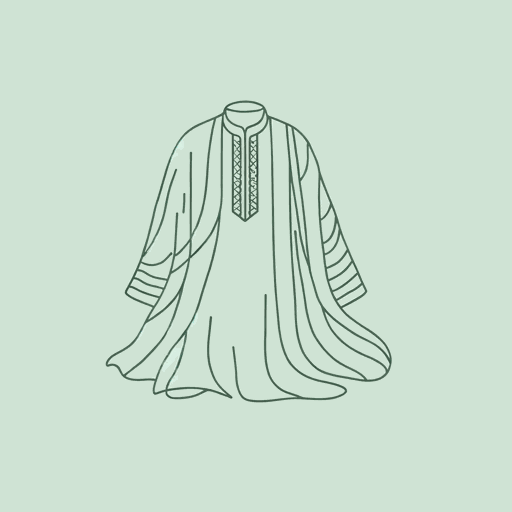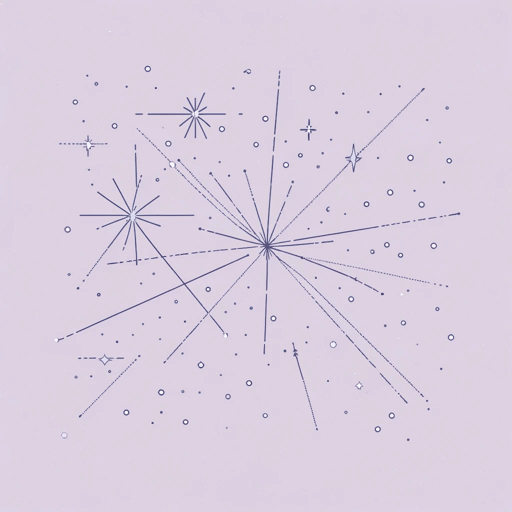79 pages • 2 hours read
Nadia HashimiThe Pearl That Broke Its Shell
Fiction | Novel | Adult | Published in 2014A modern alternative to SparkNotes and CliffsNotes, SuperSummary offers high-quality Study Guides with detailed chapter summaries and analysis of major themes, characters, and more.
Symbols & Motifs
Burqas and Veils
Burqas and veils are complicated symbol in the novel, representing both patriarchal oppression and security. The burqa is a garment that completely conceals a woman’s face and body. In some Islamic traditions, women are required to wear a burqa when in public or around men. The hijab (or the veil, as Hashimi refers to it) is a less restrictive garment that covers a woman’s head. The burqa is frequently used as a metonym for women; for example, during Benafsha’s execution, Shekib sees “the row of blue burqas behind a row of spectator soldiers” (308). The burqa, part of the women’s appearance, becomes a substitution for their entire identity.
For Shekiba, the burqa/veil is a defensive garment. Because of her disfigurement, being veiled helps hide her from the scrutiny of those around her. It allows her, in a way, to feel normal: Wearing a burqa makes her look just like the women around her. When she is taken on as a guard of King Habibullah’s harem, she still has the impulse to hide her face with her veil. Though Shekib takes on the role of a man, it is hard to shed the gender identity that she developed her whole life.
Related Titles
By Nadia Hashimi



